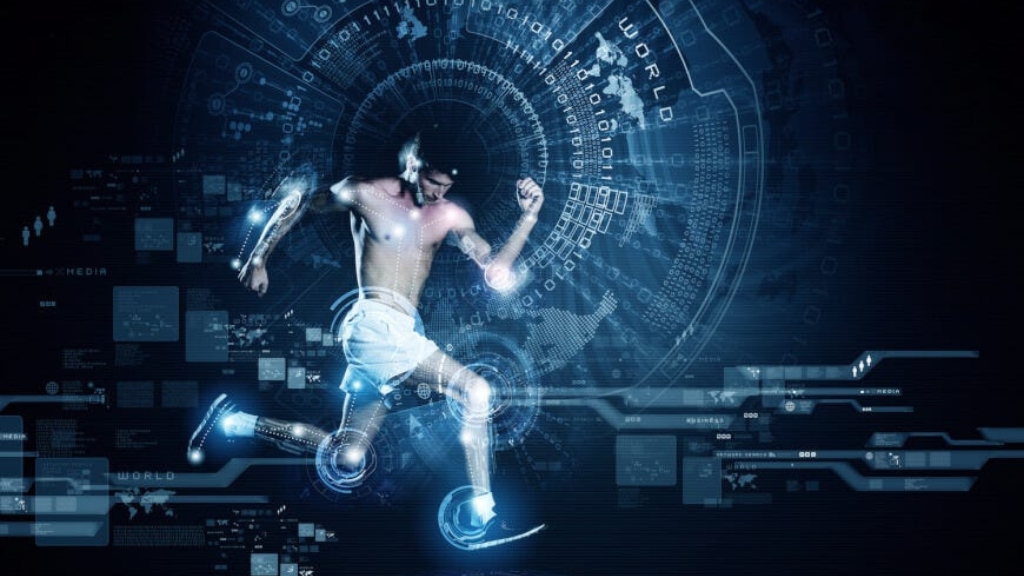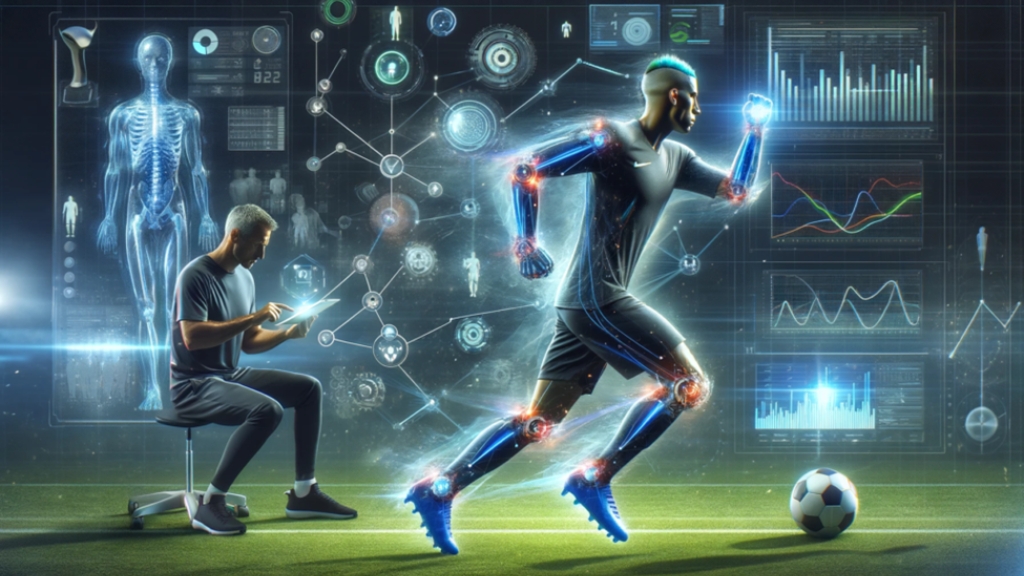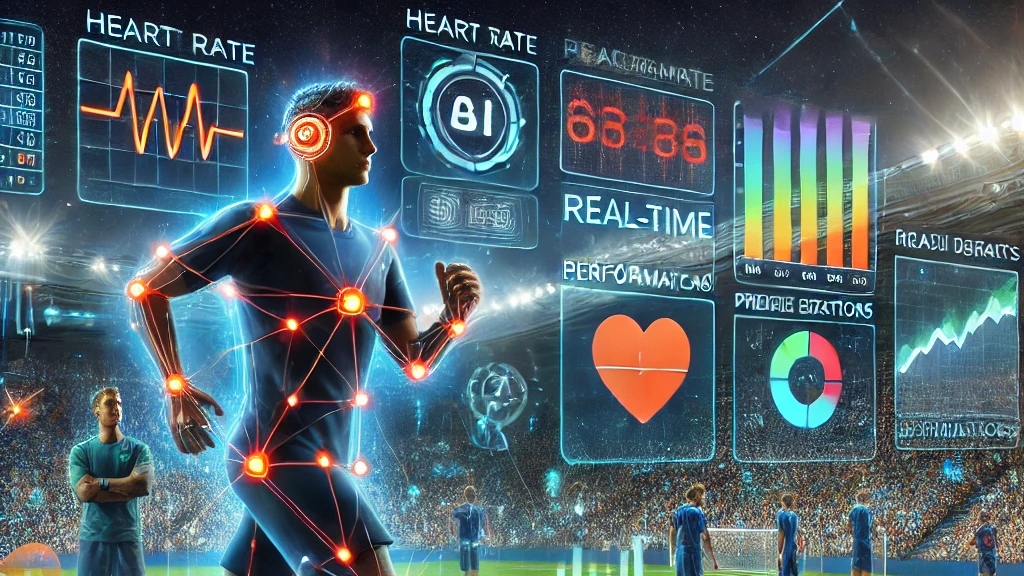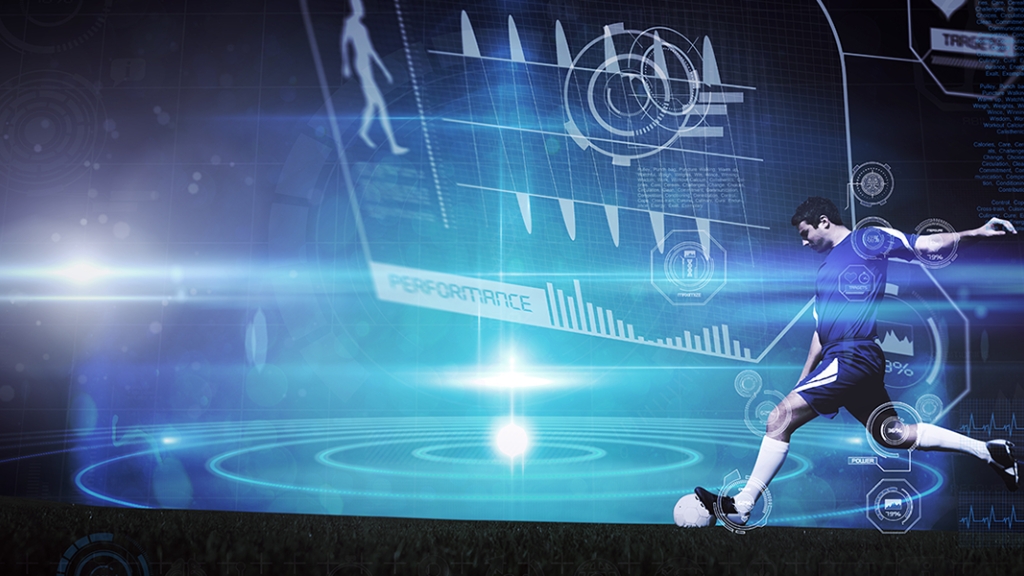| বাংলায় পড়ুন | Researchers and Reporters: Tanjil Fuad Ayesha Maria |
Skill, planning, and a little bit of luck have always been combined in sports. But now that machine learning (ML) has been developed, it is possible to anticipate match results and player performance with greater accuracy and a scientific basis. Machine learning is enabling teams, coaches, and spectators to keep a closer eye on the game on anything from player performance analysis to injury prediction.
Using data to forecast match results
Predicting game results is one of machine learning’s most significant applications. ML models may evaluate the probability of various outcomes by examining previous match data, individual statistics, team performance, and even the weather.
For example, a basketball game can be played. Analysis is done here on the teams’ home-court advantage, player talents, exhaustion, and dynamics. It is feasible to forecast which team has a higher chance of winning by using techniques like logistic regression, decision trees, and neural networks. Competitions like the Turkish Basketball League (TBL) have effectively implemented this technology.

The usage of ML is more prevalent in combat sports like boxing and mixed martial arts. When AI is paired with computer vision, it can track fighters’ movements in real time, evaluate their strategies, and predict the likely victor. Formula 1 racing also uses machine learning (ML), whereby driver tactics, track circumstances, and car performance are analyzed to better race strategy.
Player performance analysis and improvement
ML is being used to assess player performance in addition to forecasting match results. By evaluating a player’s physical state, performance trends, and even brain activity (EEG) (via a scan), machine learning (ML) can forecast how well they will do in the future.
AI algorithms examine weather, pitch types, bowling speeds, and batting statistics in cricket, for instance. This aids coaches in choosing teams and formulating game plans.
Even in team sports like basketball or football, machine learning has transformed player development and scouting. Teams can improve their recruiting and training by using AI to learn players’ running patterns, passing strategies, and shooting styles from hours of game footage.

Forecasting and preventing injuries
Injuries pose a significant obstacle to a team’s performance. An entire season can be turned upside down by a major player’s injury. In this field, machine learning has created new opportunities for predicting injury risk by examining athletes’ biomechanics, workload, and medical history.
Wearable sensors are used in football, for instance, to track players’ movements and assess their level of physical stress and weariness. Coaches can rest a player or alter his training regimen if an ML model indicates that he is overexerting himself. Preventive methods like these help safeguard athletes’ long-term careers and guarantee teams’ top performance.

Better fan experience
ML is enhancing the fan experience and is not limited to teams and coaches. AI is being used by sports leagues to examine viewing habits, social media activity, and fan ticket purchases.
In order to offer highlights and suggestions based on fan preferences, streaming companies are utilizing machine learning. With its ability to recognize significant moments in real time and even automatically create game recaps, artificial intelligence is also being utilized in broadcasting. As a result, sports fans may take advantage of a more personalized and engaging experience.

Challenges and Ethical Implications
Although machine learning offers numerous advantages, it also has drawbacks. Data quantity and quality are key factors in these models’ efficacy. Incomplete or biased data could make the forecasts inaccurate.
Sports are inherently unpredictable, hence, machine learning can never provide predictions that are 100% accurate in the case of team sports. For instance, a referee’s call, a player’s emotional state, or internal team dynamics can all influence how a game unfolds.
There are also moral concerns with the utilization of players’ personal information. Players’ right to privacy may be violated if their biometric information and health are collected. Because of this, teams and organizations need to make sure that the players’ consent is secured and that the use of this data is transparent.

The Prospects of Machine Learning
The utilization of ML technology is expected to grow in the future as it continues to advance. We’ll see increasingly intricate models that improve the accuracy of sports forecasts as technology advances.
For instance, basketball and football may use real-time strategy optimization as standard practice. Additionally, automated scouting—in which AI examines game film to uncover untapped talent—is growing in popularity.
Machine learning is reshaping the world of sports. In every way, from forecasting game outcomes to avoiding player injuries and giving fans a more engaging experience, machine learning is becoming increasingly important. Despite many difficulties, machine learning has enormous potential for the future. Coaches, players, and data scientists working together will be essential to the successful adoption of new technology.





























Comments